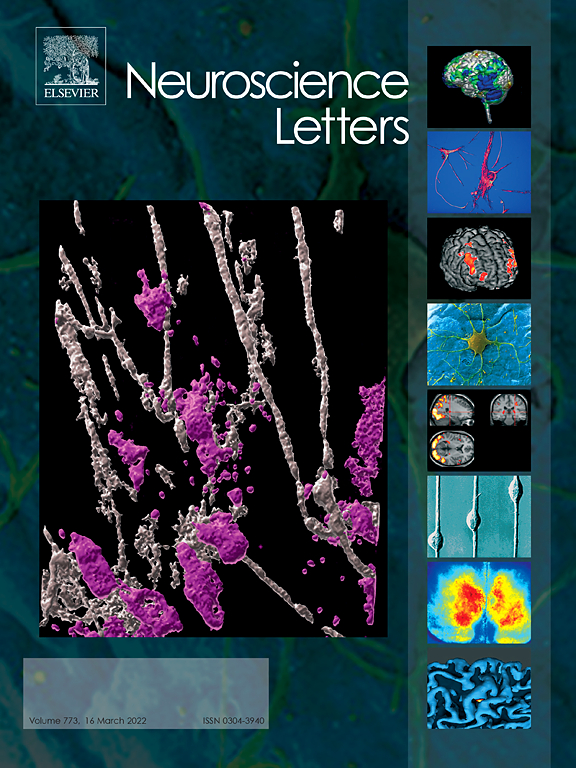Neurosci Lett. 2022 Mar 16 ;773 :136494. doi : 10.1016/j.neulet.2022.136494. Epub 2022 Jan 31.
Pablo Ávalos Prado 1, Anne-Amandine Chassot 1, Arnaud Landra-Willm 1, Guillaume Sandoz 2
Affiliations
1 Université Côte d’Azur, CNRS, INSERM, iBV, France; Laboratories of Excellence, Ion Channel Science and Therapeutics, Nice, France; Fédération Hospitalo-Universitaire InovPain, Côte d’Azur University, University Hospital Centre Nice, Nice, Provence-Alpes-Côte d’Azur, France.
2 Université Côte d’Azur, CNRS, INSERM, iBV, France; Laboratories of Excellence, Ion Channel Science and Therapeutics, Nice, France; Fédération Hospitalo-Universitaire InovPain, Côte d’Azur University, University Hospital Centre Nice, Nice, Provence-Alpes-Côte d’Azur, France. Electronic address: sandoz@unice.fr.
Abstract
The ability to sense pain signals is closely linked to the activity of ion channels expressed in nociceptors, the first neurons that transduce noxious stimuli into pain. Among these ion channels, TREK1, TREK2 and TRAAK from the TREK subfamily of the Two-Pore-Domain potassium (K2P) channels, are hyperpolarizing channels that render neurons hypoexcitable. They are regulated by diverse physical and chemical stimuli as well as neurotransmitters through G-protein coupled receptor activation. Here, we review the molecular mechanisms underlying these regulations and their functional relevance in pain and migraine induction.
PMID: 35114333
DOI: 10.1016/j.neulet.2022.136494

